The first Senate hearing on the mid-air collision at Ronald Reagan Washington National Airport in January, which resulted in the loss of 67 lives, was held today. The conclusion: it was a miracle it didn’t happen sooner.
Senator Jerry Moran, a Republican from Kansas and chair of the Senate Committee on Commerce, Science and Transportation, reported that between October 21 and December 24, there were more than 1,500 “close-proximity” events between helicopters and commercial airplanes. It was just a matter of time before something terrible happened.
In a 2023 hearing on close calls of mid-air aircraft collisions, Jennifer Homendy, chair of the National Transportation Safety Board (NTSB), said these near-misses were the result of staffing shortages, fatigue, distraction, deviation from FAA regulations and a lack of runway safety technology. She then warned, “The concerning uptick in such incidents is a clear warning sign that the US aviation system is sharply strained. We cannot wait until a fatal accident forces action; we must act before there is a tragedy.”
Two years later, Homendy is heading up an investigation into the deaths of 60 passengers, two pilots and two flight attendants from the American Airlines flight, as well as three crew members from the US Army Black Hawk helicopter.
Homendy said that their report “doesn’t include analysis or findings, nor does it determine probable cause; those will be in our final report,” which is expected to be finished within a year. She added, however, that “We don’t wait for a final report to take action.”
The NTSB offered two safety recommendations to the Federal Aviation Administration, which have already been implemented to minimize the proximity of helicopters and airplanes flying out of DCA.
The acting administrator of the FAA, Chris Rocheleau, said – and then repeated for emphasis – that aviation safety is the FAA’s number one priority.
Rocheleau was heavily grilled for the failure of the FAA to take necessary actions to reduce known risks resulting in this incident. He washed his hands of the situation, though, as he was only designated the acting administrator the day after the collision. Instead, he shifted the blame in his remarks to the systemic problems within the FAA under the previous administration.
Rocheleau also said that the FAA is evaluating eight “hotspots” where helicopter and plane congestion could result in a similar problem. He also noted that the agency has started using machine learning to study trends from near-misses to find possible solutions.
Ranking member of the subcommittee, Senator Tammy Duckworth, a Democrat from Illinois and former Black Hawk pilot, said, “This collision was horrendous, and it was heartbreaking, but it was not a surprise.”
She emphasized the bipartisan consensus on air traffic safety and said, “Our aviation regulations are written in blood, so we have an obligation to the victims to learn what went wrong and prevent a collision like this from happening again.”
Senator Ted Cruz, chair of the Senate Committee on Commerce, Science and Transportation, led the bipartisan barrage on Brigadier General Matthew W. Braman, who serves as the director of Army Aviation for the Headquarters, Department of the Army.
“I am at a loss to come up with any justification for risking the lives of the traveling public with that decision,” Cruz told Braman after he admitted that the Army was still flying helicopters around the DCA airport today without an ADS-B out.
An ADS-B out is an instrument that broadcasts latitude, longitude, altitude and velocity one time per second, as opposed to radar, which transmits this information every four to six seconds. This time difference may be small, but a few seconds can be significant when it comes to converging aircraft.
Braman was not willing to commit to requiring that all Army helicopters flying out of DCA have their ADS-B out on and operational.
“I want to encourage the Army to revisit that policy, and to revisit that policy today,” Cruz said. “And I can tell you if the Army chooses not to, I have a high level of confidence that Congress will pass legislation mandating that you revisit the policy.”



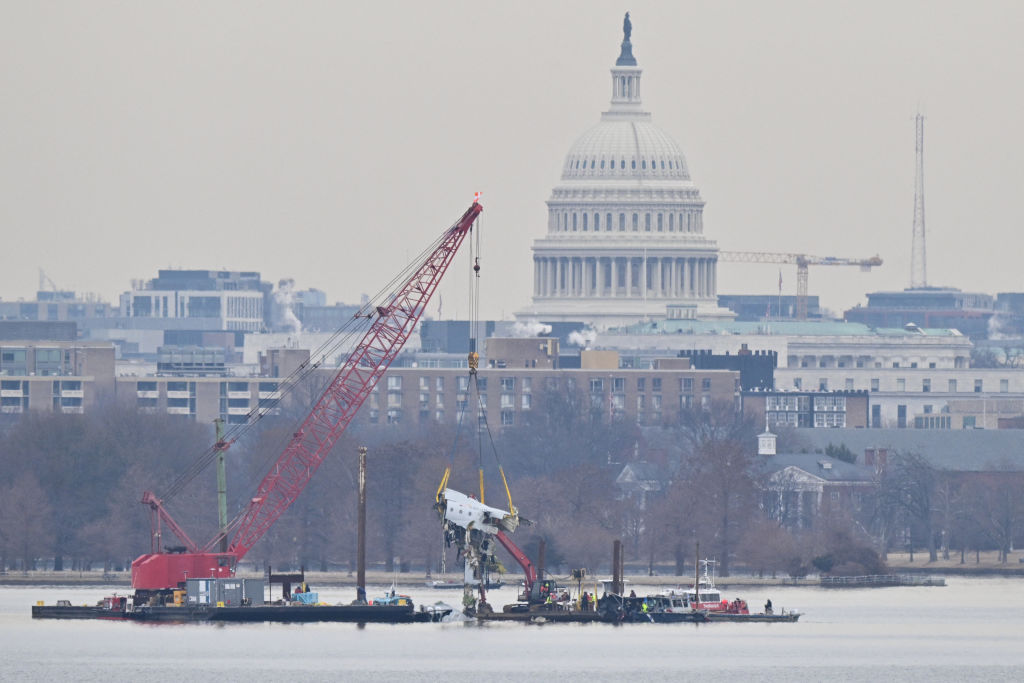







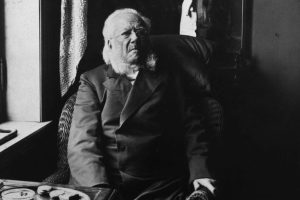

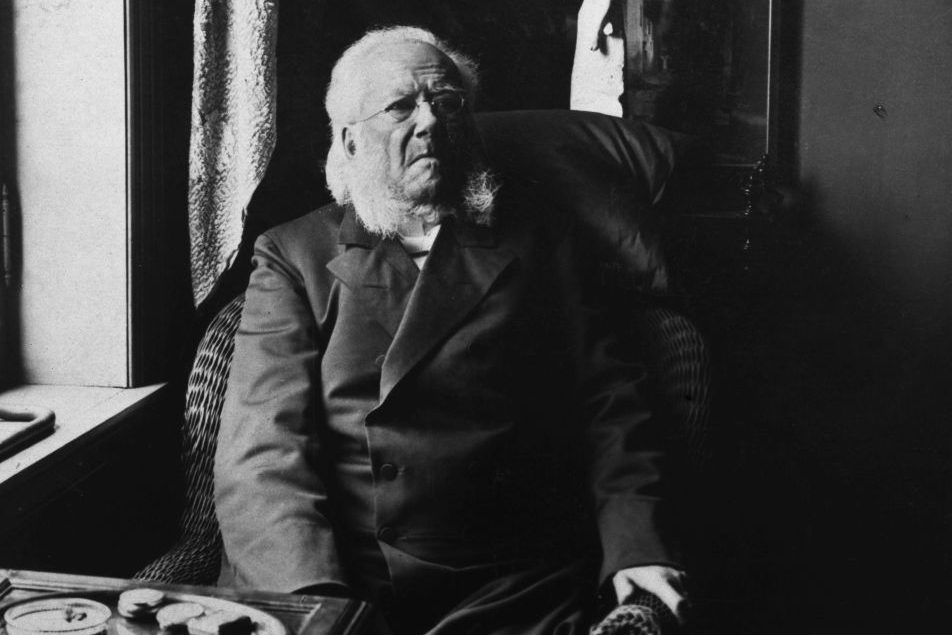


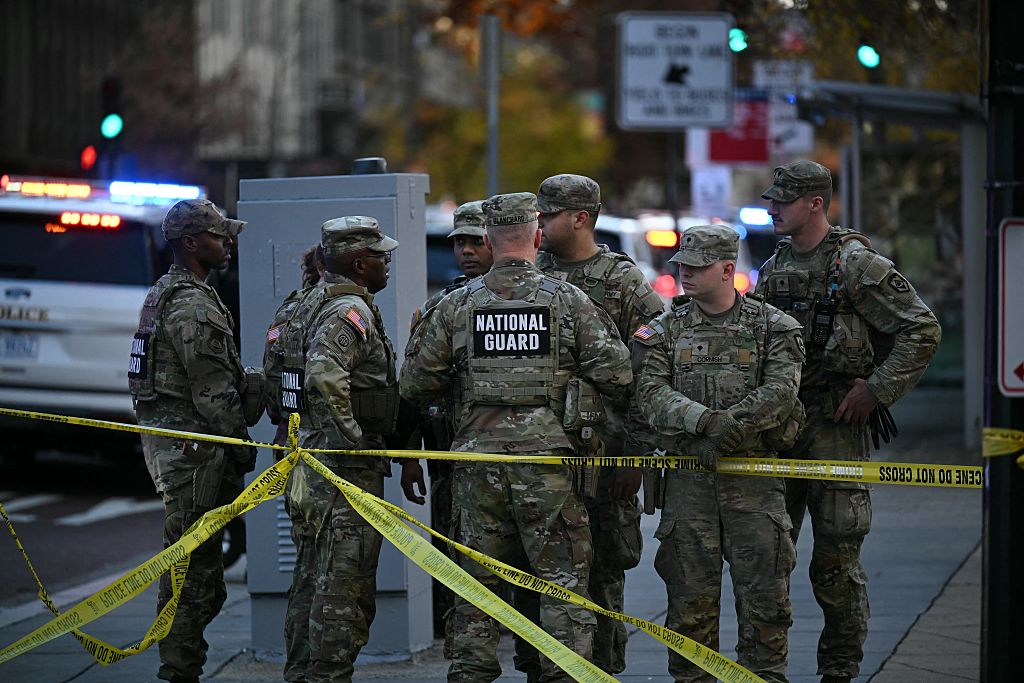
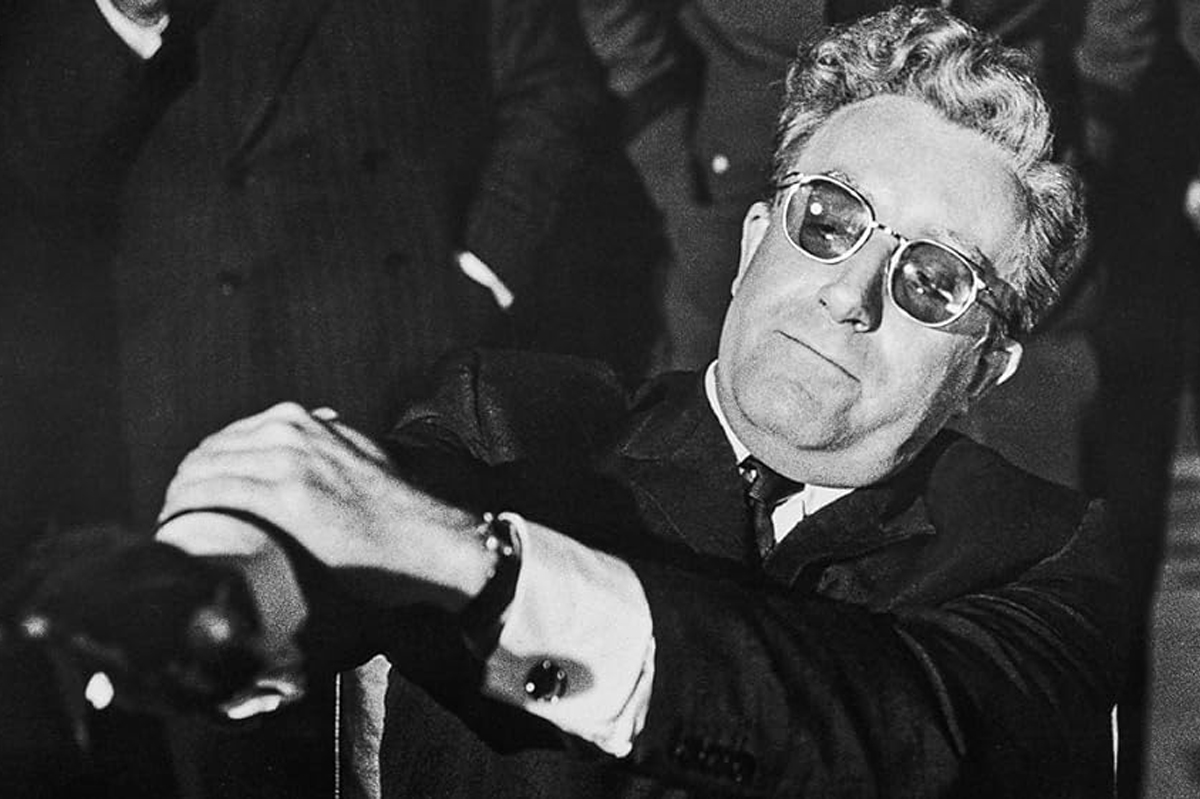


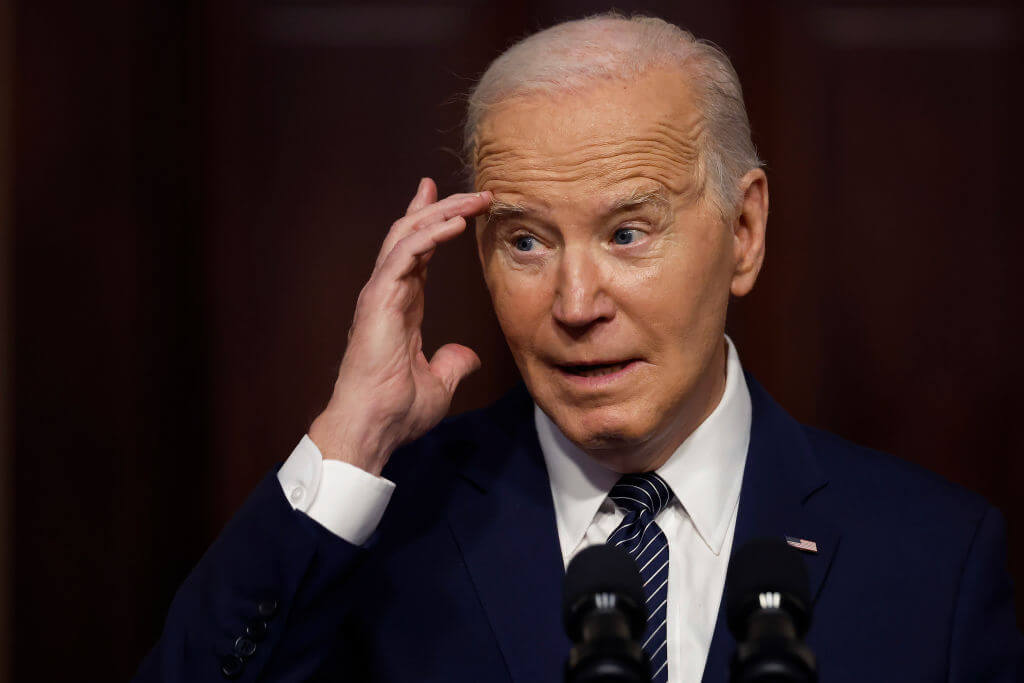



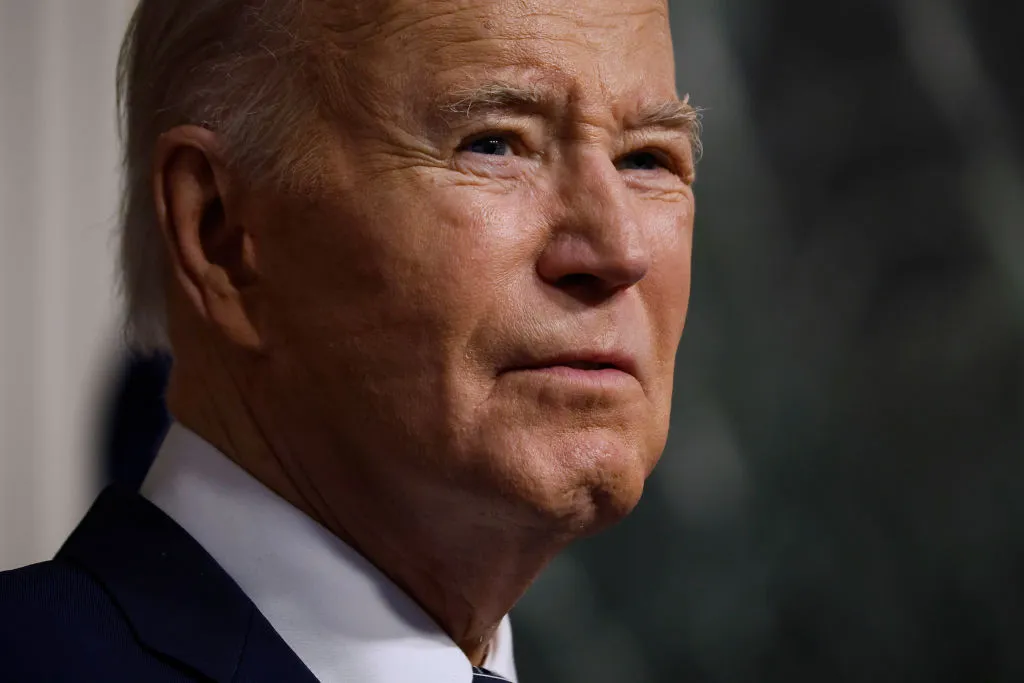

Leave a Reply